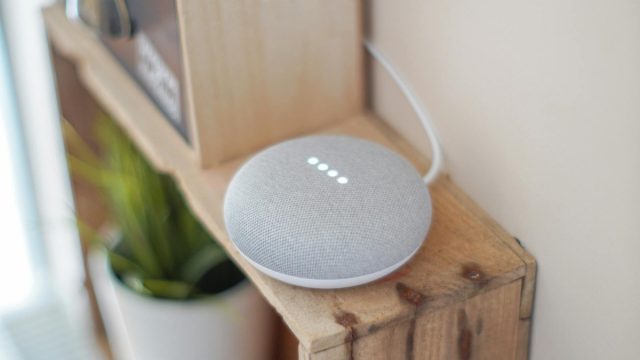In an era where technology perpetually surrounds us, it’s crucial to consider the environmental footprint of our daily digital routines. Reducing power wastage in our tech gadgets isn’t just about saving on electricity bills; it’s a step toward sustainable living. This article explores innovative yet straightforward strategies to minimize energy consumption without compromising our digital lifestyles.
The Invisible Energy Consumers
Contents
- The Invisible Energy Consumers
- Beyond the Screen: Peripheral Power Savings
- Understanding Power Usage
- Investing in Smart Home Energy Management Systems
- Eco-friendly Accessories
- Charging Practices for Longevity
- Smart Usage of Smart Devices
- Wireless Woes: The Cost of Convenience
- Embracing Updates and Upgrades
- Community and Policy Engagement
- Reducing Standby Power
- Final Thoughts
Did you know your smartphone charger, when left plugged in, continues to draw power even if your phone isn’t connected? This ‘vampire power’ is just the tip of the iceberg. Many gadgets and appliances continue to consume electricity when they’re turned off but still plugged in. Identifying these invisible energy consumers is the first step toward reducing needless power wastage.
Beyond the Screen: Peripheral Power Savings
Our reliance on digital screens is accompanied by an assortment of peripheral devices, each contributing to the overall energy consumption. Keyboards, mice, external hard drives, and speakers—when not in use, these peripherals should be disconnected or turned off to reduce power draw. Consider the collective impact of optimizing each gadget’s energy use.
Understanding Power Usage
To gain a deeper understanding of your gadgets’ energy usage, utilizing a power analyzer can be incredibly informative. These devices provide valuable insights into power consumption patterns, helping identify areas where energy efficiency can be improved. It’s a practical step for those serious about minimizing power wastage.
Investing in Smart Home Energy Management Systems
For those looking to take their home energy optimization to the next level, smart home energy management systems offer comprehensive control over your entire home’s energy consumption. These systems can manage the operation of other smart devices, ensuring that your home operates at peak efficiency, further reducing your energy footprint and costs.
Eco-friendly Accessories
Investing in eco-friendly accessories and power-saving gadgets can further bolster your efforts to reduce energy waste. Solar chargers, energy-efficient power strips, and LED lighting are just a few examples that can enhance sustainability in your tech usage. These accessories often pay for themselves over time through the energy savings they provide.
Charging Practices for Longevity
Improper charging habits not only waste power but can also shorten your device’s lifespan. Overcharging, charging to 100%, or letting a device’s battery drain completely are practices best avoided. Embracing smarter charging techniques can extend battery life and minimize energy waste.
Smart Usage of Smart Devices
Smart devices come with features designed to enhance convenience and efficiency, but they can also be a source of power wastage. Utilizing built-in energy-saving modes, disabling unnecessary notifications, and adjusting settings for better power management can lead to significant savings. It’s all about making your devices work smarter, not harder.
Wireless Woes: The Cost of Convenience
Wireless technology, for all its advantages, can be surprisingly energy-intensive. Opting for wired connections when possible—not just for the internet but also for peripherals—can reduce energy consumption. Moreover, when wireless is necessary, choosing devices with the latest technology can ensure more energy-efficient communication.
Embracing Updates and Upgrades
Software updates and hardware upgrades can play a significant role in energy conservation. Updated software often includes optimizations for better performance and lower power usage. Similarly, newer hardware models are typically more energy-efficient. Regularly updating your devices and considering energy efficiency in upgrades can contribute to considerable power savings.
Community and Policy Engagement
While individual actions are crucial, advocating for policy changes and supporting community initiatives can amplify your impact. Joining forces with community programs focused on energy conservation and supporting legislation aimed at reducing power wastage can drive broader changes. Together, we can push for a tech ecosystem that prioritizes efficiency and sustainability.
Reducing Standby Power
Many devices consume power even when they’re not in active use, a phenomenon known as standby power. Identifying and minimizing standby power usage through smart power strips or timers can lead to substantial savings. It’s a simple measure that can have a big impact on your household’s energy consumption.
Final Thoughts
The journey toward reducing power wastage in our tech gadgets is ongoing and necessitates a conscious effort. By reevaluating our digital habits, making informed choices, and optimizing our devices’ settings, we can achieve a balance between technological convenience and environmental responsibility. The power to make a difference lies in the palm of our hands—quite literally.


